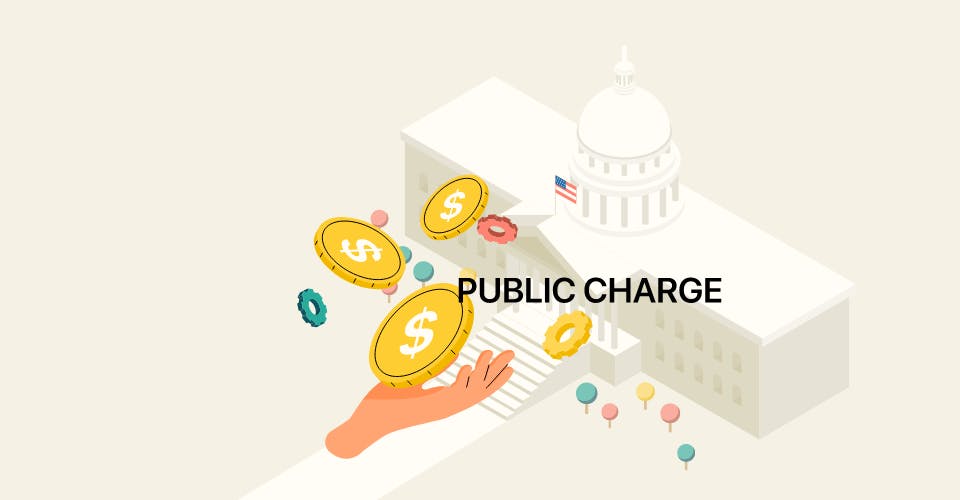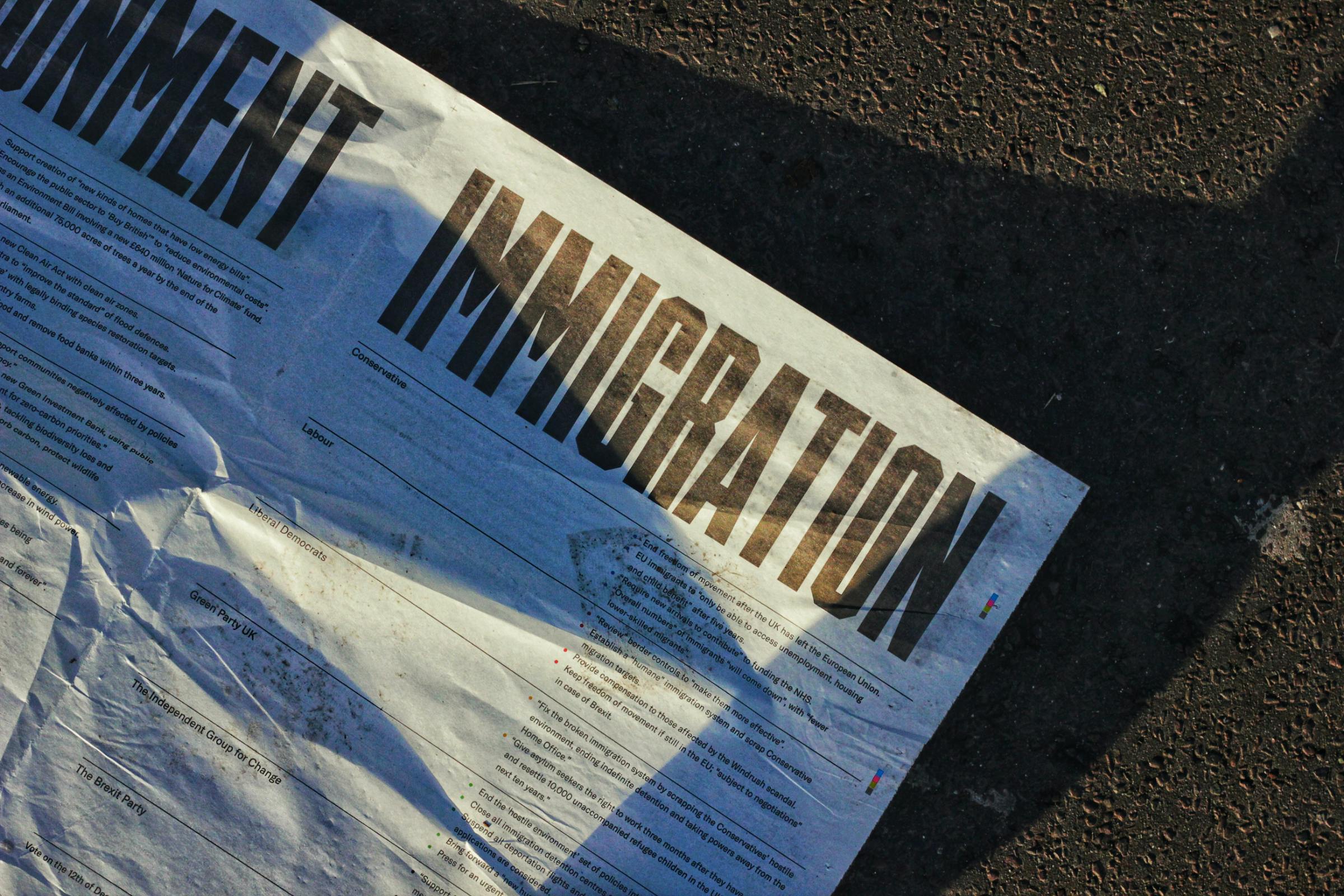During the Trump Administration, there were new immigration guidelines that were put into place that made it more difficult for some immigrants to be eligible for certain benefits in the United States. In 2019, the public charge rule was changed so that any immigrant who was seeking government benefits, even if they were SNAP—Supplemental Nutrition Assistance Programs, could have been deemed a “public charge”. As such, many immigrants feared applying for a green card because of this new strict policy and what it meant for their family.
However, when the Biden Administration took office, they ultimately decided to scrap the 2019 rule that had been implemented and revert back to the field guidance that was put into place in 1999. This is usually just referred to as the “1999 Interim Field Guidance”.
Therefore, if you are seeking answers as to the current running definition of public charge, you should always refer back to the 1999 Field Guidance, and not the 2019 rule that was in place.
What is the 1999 Ruling?
The ruling that was established in 1999 is different than the rule that was established in 2019, and gives more allowances to immigrants and their families. However, the 1999 definition for public charge still accounts for those who might become ineligible for a green card due to several factors. Primarily, this includes any non-citizen who has become, or is likely to become primarily dependent on the U.S. government for subsistence, as demonstrated by the receipt of public cash assistance for income maintenance, or long term care at the government’s expense (institutionalization). In addition, short periods of rehabilitation would not be considered in the USCIS determination for public charge.[1]
Here are some of the main differences and similarities between the current rule, and the 2019 rule that is no longer in effect:
1. Non-cash benefits are not considered to be part of the current adjudication for public charge inadmissibility. This means if you are receiving childcare benefits, housing benefits, Low-Income Home Energy Assistance, job training, short term rehab, or emergency disaster relief, none of these will considered for deeming an immigrant a public charge.
2. SSI-Supplemental Security Income, and TANF- Temporary Assistance for Needy Families, are both considered in making a public charge determination.
3. Public housing has been taken off the list for making a public charge determination under the 1999 rule (was previously instituted under the 2019 rule).
4. The USCIS still takes into account an applicants age, marital status, health, assets, resources, and education when making a public charge determination.
Overall, it is important to note, as the USCIS does in their policy manual, that public charge is still a determination that is made after examining the totality of ones circumstances. This means that, given the adjustments made to the ruling, it is less likely for an individual to become a public charge because of the way the USCIS has made allowances for non-cash benefits and other programs that immigrants are more likely to receive assistance from.














